Five Bread Dipping Oils
Five Bread Dipping Oils
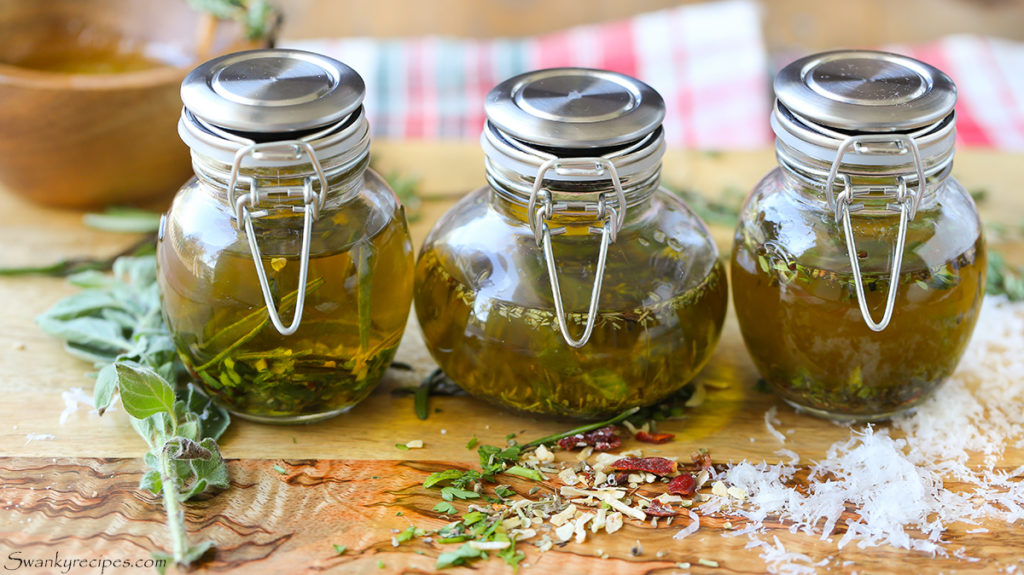
Italian Bread Dipping Oil
1/4 cup Bellucci EVOO
1-2 teaspoons balsamic vinegar
2-3 cloves garlic (, minced)
1/8 teaspoon red pepper flakes
1/2 tablespoon parsley (, chopped)
1 tablespoon grated Parmesan cheese
1 loaf bread to dip (, sliced)
Garlic Dipping Oil
1/4 cup Bellucci EVOO
1 tablespoon balsamic vinegar
4 cloves garlic (, minced)
pinch red pepper flakes
pinch fresh ground black pepper
pinch of sea salt
2 tablespoons parsley (, chopped)
1 teaspoon fresh thyme
1/3 cup finely grated Parmesan cheese
1 loaf bread to dip (, sliced)
Tuscan Herb Dipping Oil
1/4 cup Bellucci EVOO
2 cloves garlic (, minced)
1 tablespoon fresh rosemary
1 tablespoon fresh basil
1 tablespoon fresh parsley
1/4 teaspoon crushed red pepper flakes
1/4 teaspoon coarse salt
1/4 teaspoon fresh ground pepper
1 loaf Italian bread to dip (, sliced)
Herb de Provence Dipping Oil
1/4 cup Bellucci EVOO
1 + 1/2 teaspoons white wine vinegar or balsamic vinegar
1 tablespoon Herbs de Provence
1 loaf French bread to dip (, sliced)
Restaurant Style Dipping Oil
1/4 cup Bellucci EVOO
1/8 teaspoon lemon juice
1 tablespoon chopped parsley
1 tablespoon minced garlic
1 teaspoon basil
1/4 teaspoon fresh ground black pepper
1/2 teaspoon oregano
1/2 teaspoon thyme
1/4 teaspoon red pepper flakes
1 loaf bread to dip (, sliced)
Italian Bread Dipping Oil
In a small bowl, combine Bellucci EVOO, balsamic vinegar, minced garlic cloves, red pepper flakes and chopped parsley. Grate fresh parmesan cheese and add to bowl. Whisk and serve on shallow plate. Serve with sliced bread loaf.
Garlic Bread Dipping Oil
In a small bowl, combine Bellucci EVOO, balsamic vinegar, minced garlic, fresh thyme, pinch of red pepper flakes, pinch of fresh ground black pepper, pinch of sea salt and chopped parsley. Serve on shallow plate. Grate parmesan cheese and top on plate. Serve with sliced bread loaf.
Tuscan Herb Dipping Oil
In a small bowl, combine Bellucci EVOO, minced garlic, fresh rosemary, fresh basil, chopped parsley, red pepper flakes, salt and pepper. Whisk to combine. Serve on shallow plate with sliced Italian bread.
Herb de Provence Dipping Oil
In a small bowl, combine Bellucci EVOO, balsamic vinegar and 1 tablespoon Herbs de Provence. Whisk to combine. Serve on shallow plate with sliced French bread.
Restaurant Style Dipping Oil
In a small bowl, combine Bellucci EVOO, lemon juice, chopped parsley, minced garlic, basil, fresh ground black pepper, oregano, thyme and red pepper flakes. Whisk to combine. Serve on shallow plate with sliced bread loaf
 Canned Tomatoes
Canned Tomatoes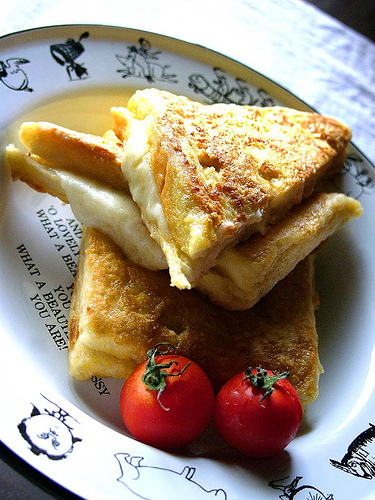
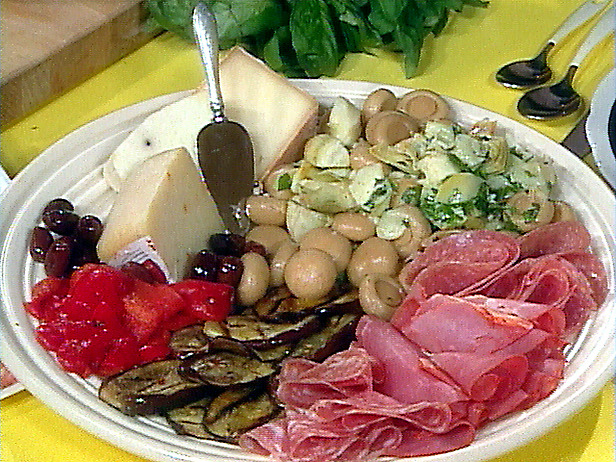
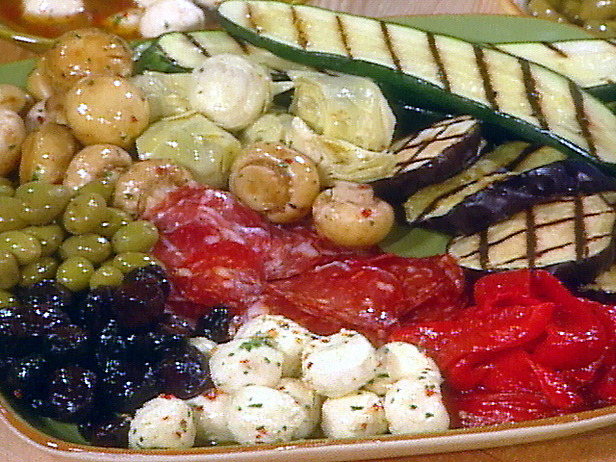

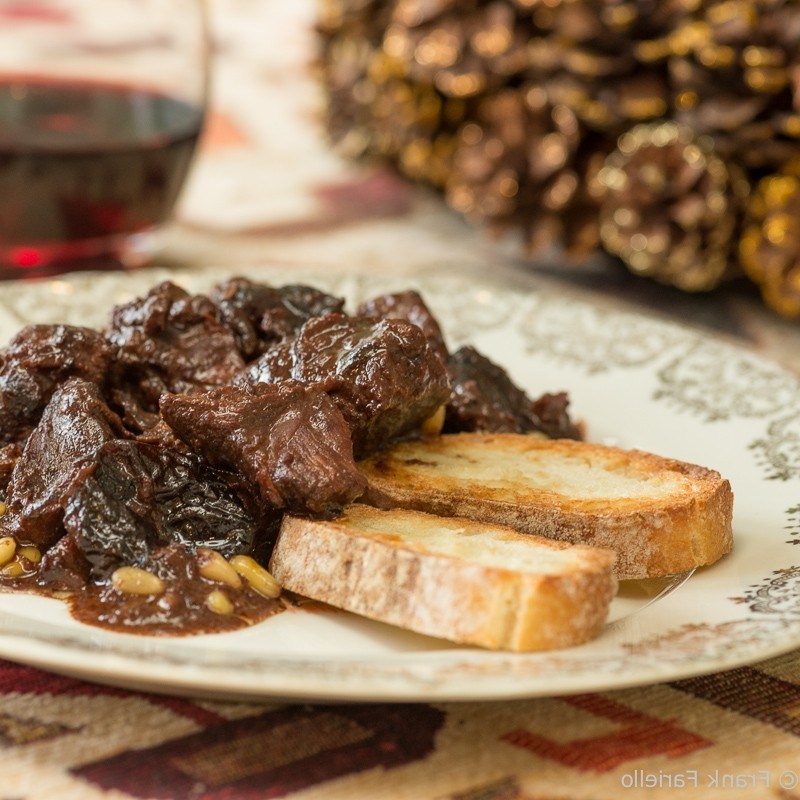
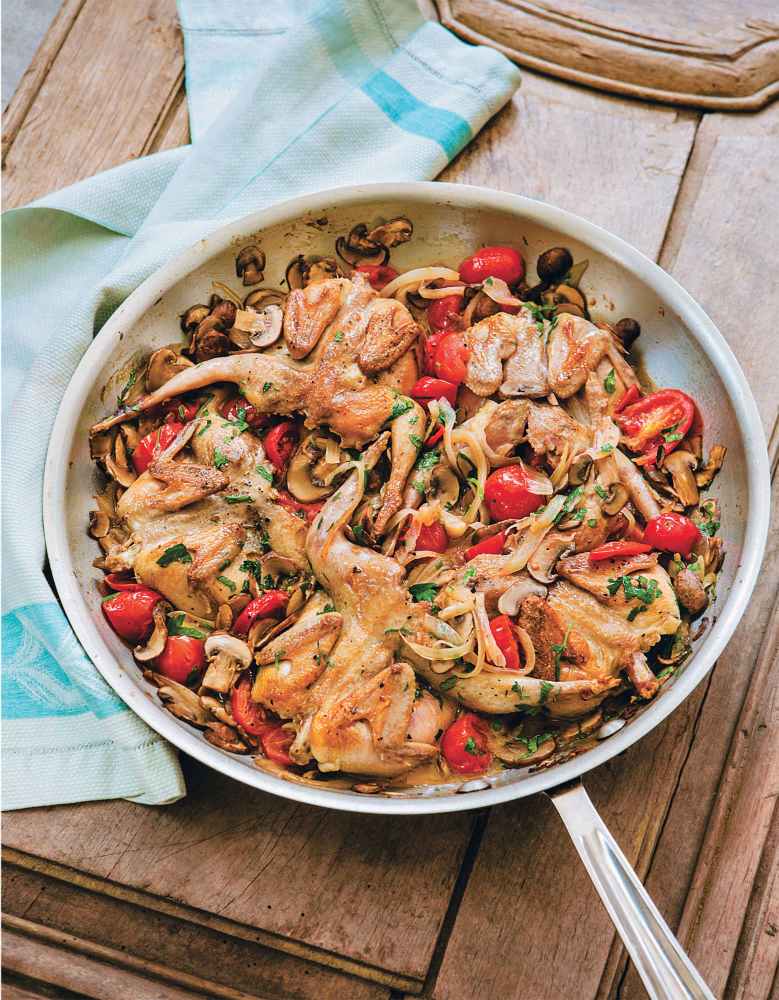
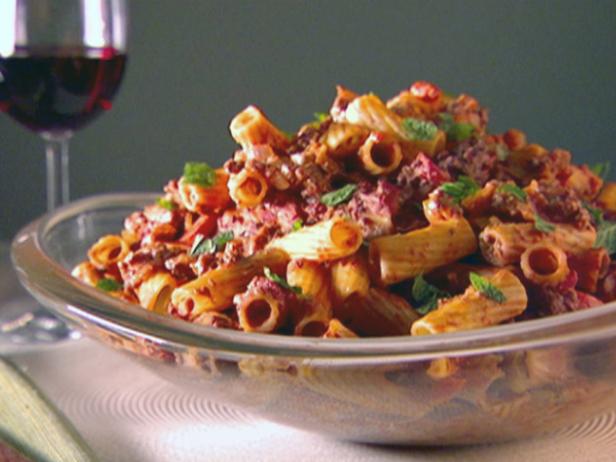

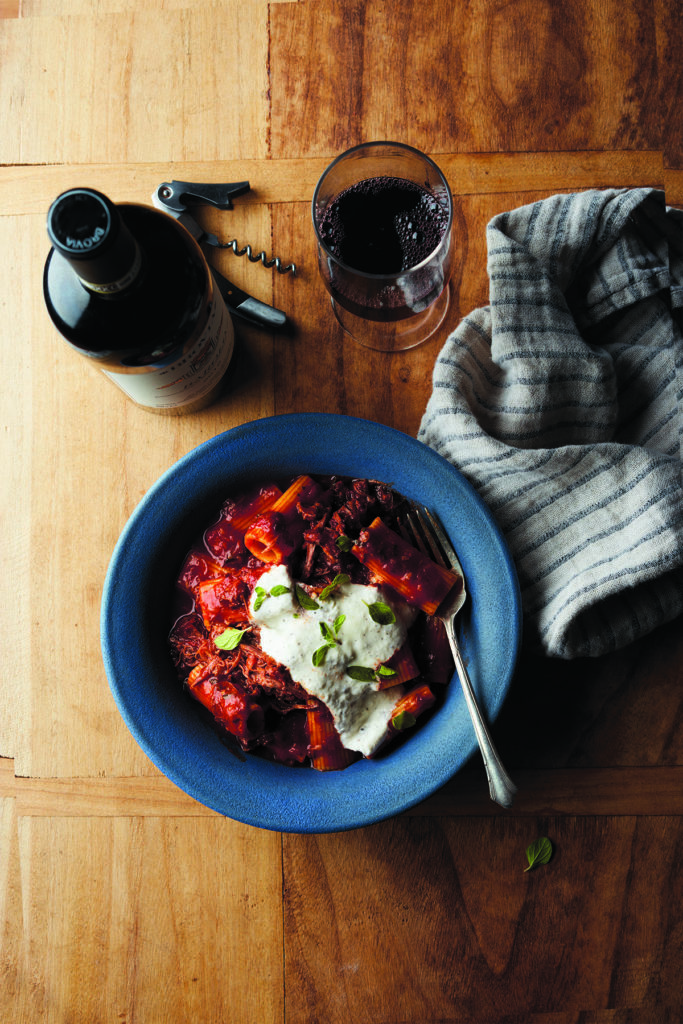
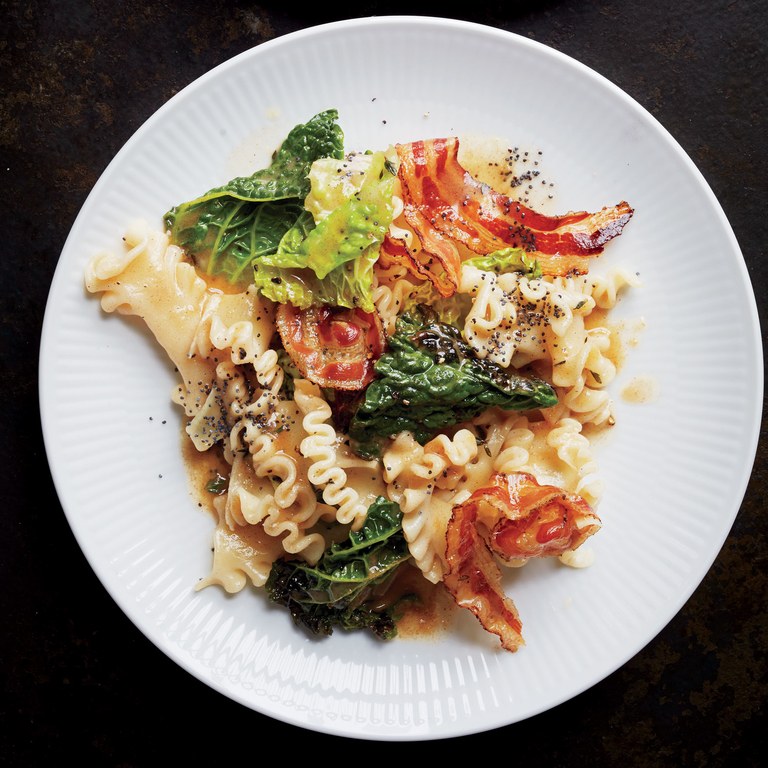
 Dandelion Greens with Guanciale, Pecorino, and Black Olives (Cicoria con Guanciale, Pecorino, e Olive)
Dandelion Greens with Guanciale, Pecorino, and Black Olives (Cicoria con Guanciale, Pecorino, e Olive)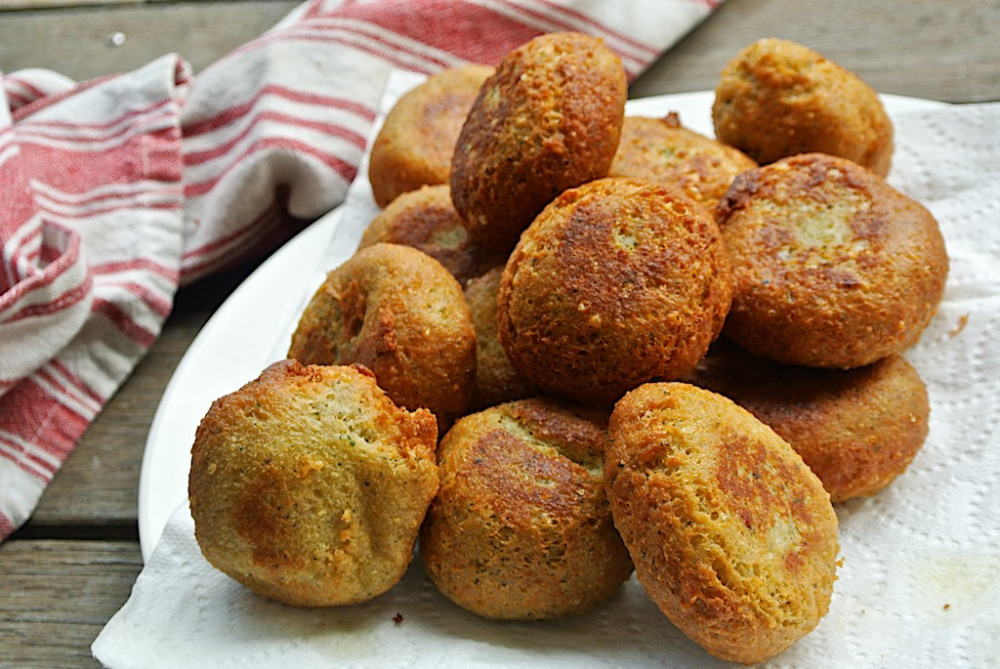
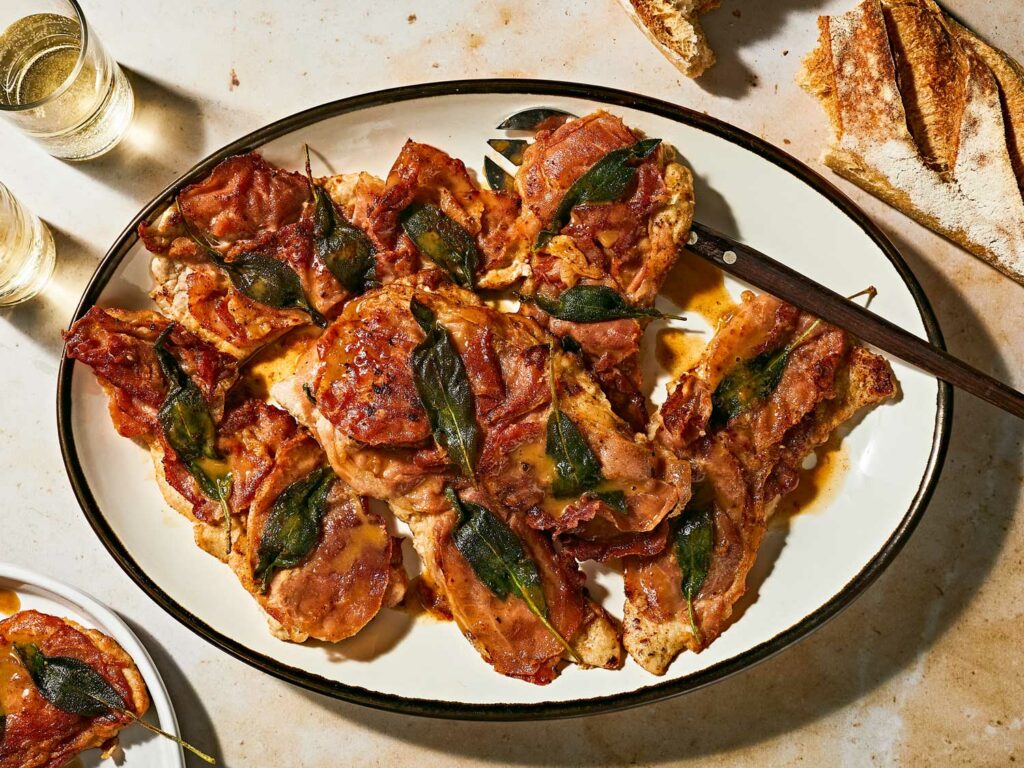 12 ounces boneless veal leg top round steak or veal leg sirloin steak, cut 1/4 inch thick, or 12 ounces boneless, skinless chicken breast halves
12 ounces boneless veal leg top round steak or veal leg sirloin steak, cut 1/4 inch thick, or 12 ounces boneless, skinless chicken breast halves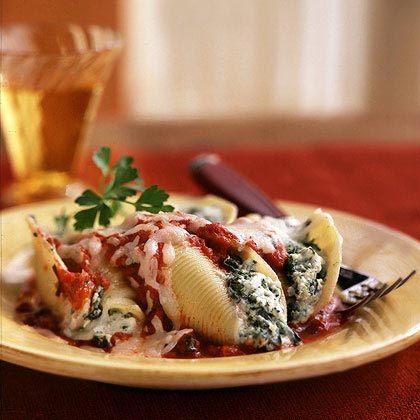 1/2 lb. Jumbo Shell Pasta (20 Shells)
1/2 lb. Jumbo Shell Pasta (20 Shells)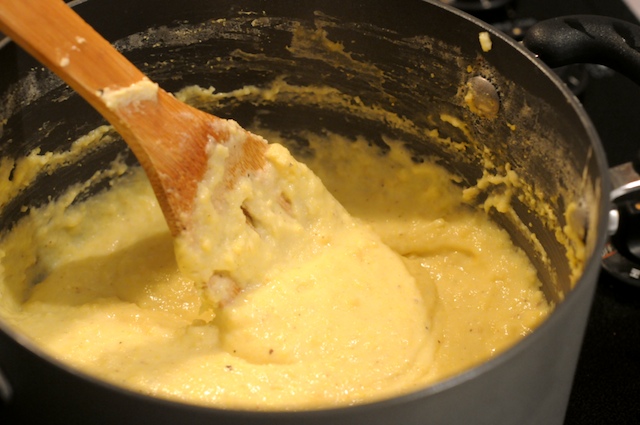

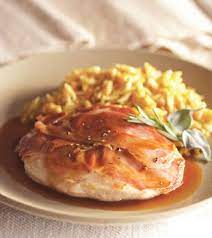 4 skinless boneless chicken breast halves
4 skinless boneless chicken breast halves